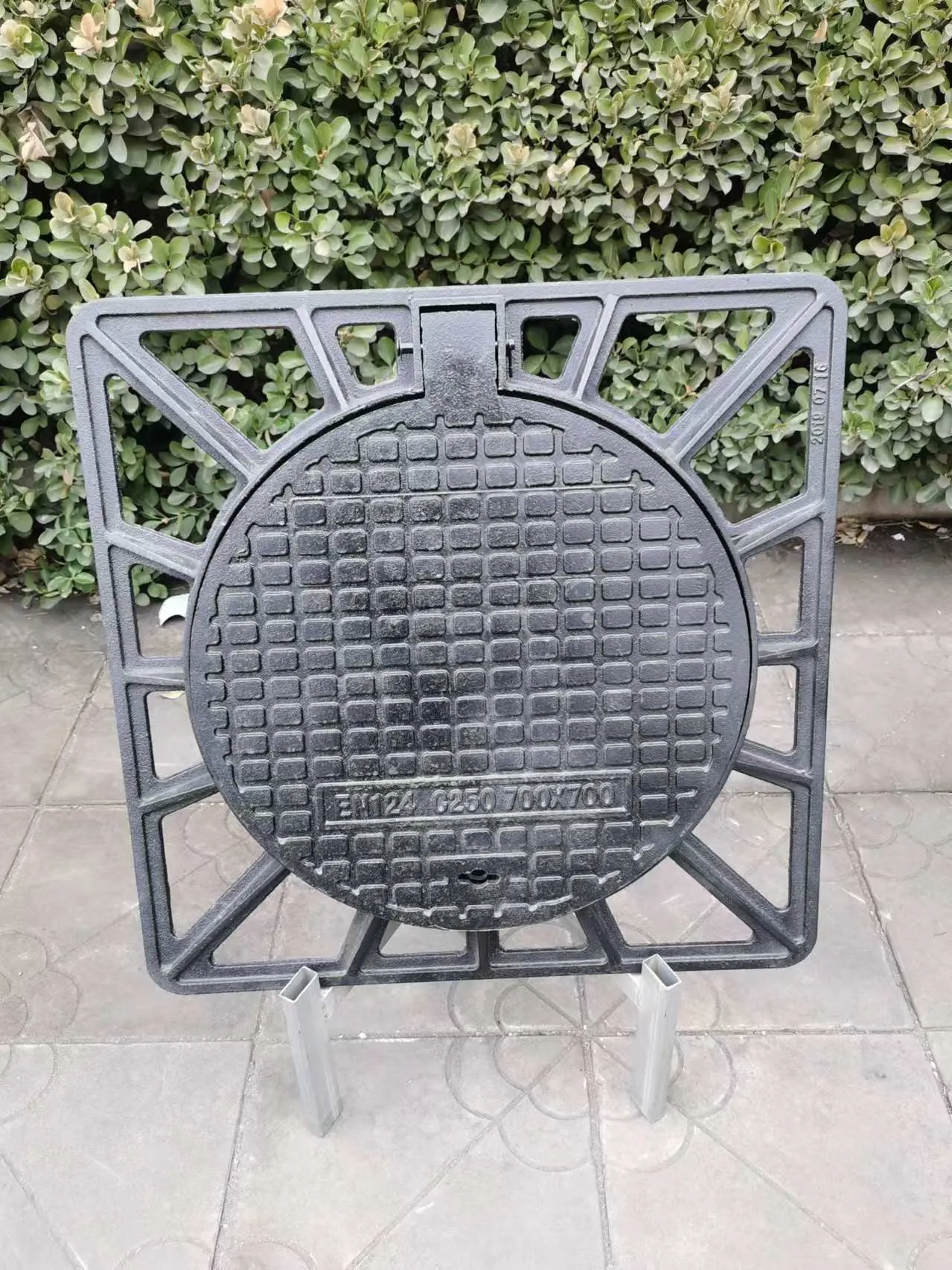Circular Recessed Inspection Chamber Covers for Enhanced Access and Structural Support
Circular Recessed Inspection Chamber Covers An Overview
When it comes to urban infrastructure and maintenance, one essential yet often overlooked component is the inspection chamber cover. Among various designs, circular recessed inspection chamber covers are particularly noteworthy. These covers not only serve functional purposes but also contribute to the aesthetic and safety aspects of urban spaces.
What Are Inspection Chamber Covers?
Inspection chamber covers are lids placed over access points to underground inspection chambers or manholes. These underground facilities are crucial for the maintenance of sewer systems, drainage, and utility services. The covers provide protection, suppress odors, and prevent unauthorized access while allowing maintenance personnel to perform necessary inspections and repairs with ease.
Circular Design Advantages
The circular design of inspection chamber covers offers numerous advantages over other shapes, such as square or rectangular options. First and foremost, a circular cover cannot be dropped into the chamber, regardless of its orientation. This inherent design safety feature reduces the risk of accidents during maintenance work.
From an engineering perspective, circular shapes distribute stress evenly. This means that a circular cover can withstand higher loads compared to its square counterparts, making it ideal for roads and areas with heavy traffic. Additionally, the circular design allows for easier handling and installation. Maintenance workers can roll the covers, making them simpler to maneuver.
Recessed Feature Enhancing Functionality
The recessed feature of these covers provides an added layer of functionality. A recessed cover sits below the surface level of the surrounding pavement, ensuring a smooth finish that accommodates vehicular and pedestrian traffic seamlessly. This is especially important in urban environments where maintaining a level surface is critical for safety and aesthetic appeal.
Recessed covers can also be designed to blend in more effectively with the surrounding pavement materials, whether it be asphalt, concrete, or pavers. This minimization of visual disruption enhances the overall appearance of public spaces while maintaining accessibility for maintenance crews.
circular recessed inspection chamber covers

Material Considerations
When it comes to manufacturing circular recessed inspection chamber covers, various materials are available. The choice of material often depends on the specific application of the cover, such as location, traffic load, and environmental conditions. Common materials used include
- Cast Iron Known for its durability and strength, cast iron is a popular choice for heavy-duty applications. It can withstand significant loads and is resistant to corrosion. - Polymer Composite These materials are lightweight yet robust, offering excellent resistance to chemicals and corrosion. They are becoming increasingly popular due to their lower environmental impact compared to traditional materials.
- Reinforced Concrete This option proves advantageous for large-scale applications where heavy loads are anticipated. The formation of concrete covers can also incorporate various designs to enhance aesthetic appeal.
Safety Standards and Regulations
Circular recessed inspection chamber covers must adhere to specific safety standards and regulations. These guidelines ensure that the covers are not only safe for pedestrians and vehicles but also that they provide adequate access for maintenance crews. Depending on the jurisdiction, covers may be subjected to load-bearing tests, slip resistance evaluations, and other criteria.
Regular inspections and maintenance of these covers are critical to ensure longevity and safety. Over time, wear and tear, combined with environmental factors, can affect their integrity. Prompt detection of issues can prevent potential hazards, such as sinking covers or structural failure.
Conclusion
Circular recessed inspection chamber covers play a vital role in urban infrastructure. Balancing functionality, safety, and aesthetics, they are essential for maintaining the integrity of sewage and drainage systems. As cities continue to grow and evolve, the importance of these covers will only increase, ensuring reliable access to vital underground services. The advancements in materials and designs will further enhance their performance and dependence, paving the way for safer and more efficient urban environments. The next time you walk through a city, take a moment to appreciate these often-overlooked components of infrastructure that facilitate our daily lives.
-
The Smarter Choice for Pedestrian AreasNewsJun.30,2025
-
The Gold Standard in Round Drain CoversNewsJun.30,2025
-
The Gold Standard in Manhole Cover SystemsNewsJun.30,2025
-
Superior Drainage Solutions with Premium Gully GratesNewsJun.30,2025
-
Superior Drainage Solutions for Global InfrastructureNewsJun.30,2025
-
Square Manhole Solutions for Modern InfrastructureNewsJun.30,2025
-
Premium Manhole Covers for Modern InfrastructureNewsJun.30,2025
